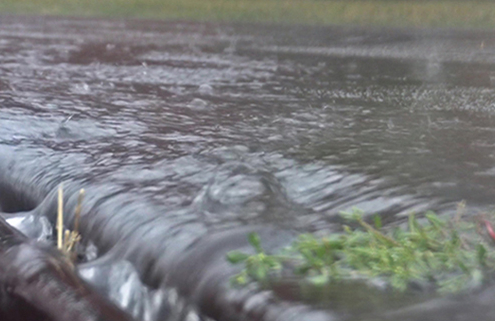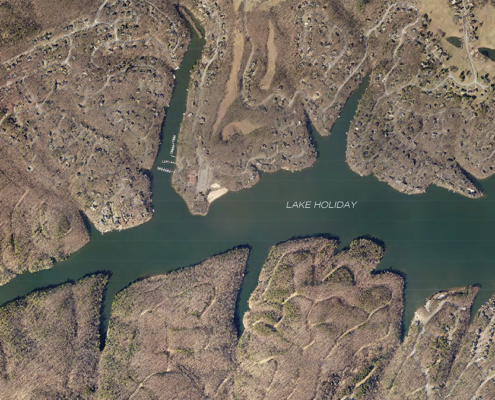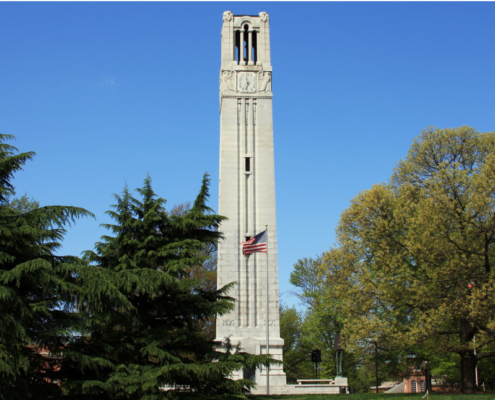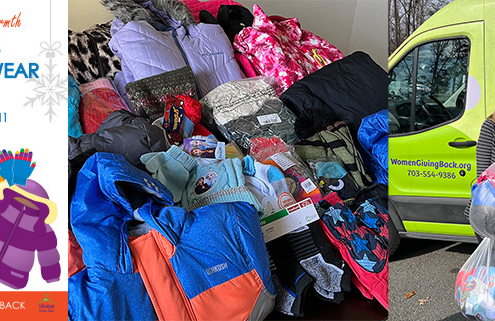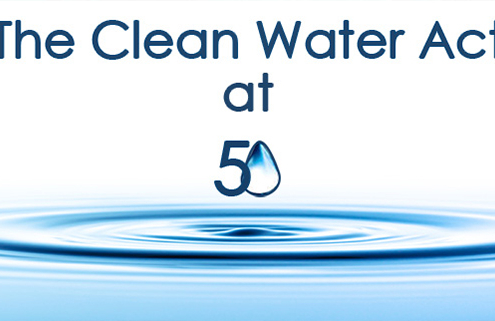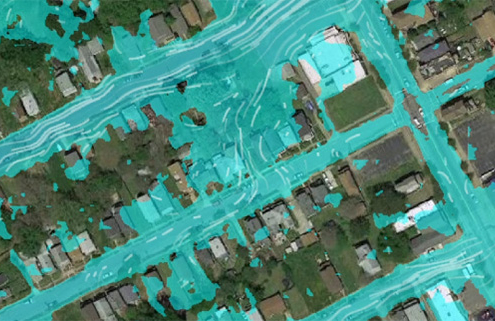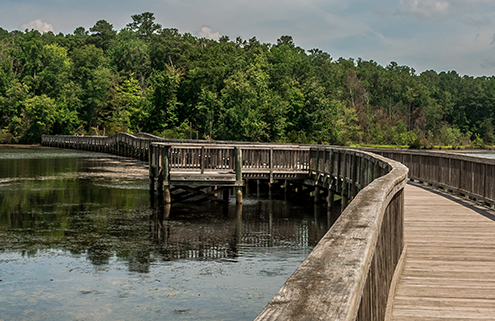The National Oceanic and Atmospheric Administration (NOAA) has announced the availability of up to $56 million in grants through its Marine Debris Program. The competitive grants are funded through the Infrastructure Investment and Jobs Act (also known as the Bipartisan Infrastructure Law) and are focused on marine debris removal throughout the coastal United States, Great Lakes, territories, and Freely Associated States. Aimed at making “tangible, beneficial impacts to coastal and marine habitats and communities across a broad geographic scale,” the funding opportunity establishes two grant categories. The first of these (Priority One) focuses on developing programs that remove and dispose of such large marine debris as abandoned vessels and other items that cannot be collected by hand. The second (Priority Two) supports the creation, implementation, and management of technologies that intercept debris and trash in riverine, shoreline, estuarine, and urban areas, with the goal of preventing these items from entering the Great Lakes or oceans. The minimum request for a Priority One grant is $1,000,000 and the maximum is $15,000,000. Priority Two requests minimum and maximum request values are $100,000 and $1,000,000, respectively.
Priority One grants are focused on large scale efforts to remove of large marine debris that will have a positive impact on NOAA’s trust resources or other priority activities or areas. Applicants should show solid knowledge of the problem of marine debris and the work associated with removing and disposing of it. Prospective grantees should include related or supporting prevention, assessment, tracking, and monitoring activities in their proposals.
Priority Two grants are aimed at technologies that intercept and remove trash, plastics, and macro debris in order to prevent them from entering the oceans or Great Lakes. These technologies may include devices such as litter traps, skimmers, and floating collection devices and may be used by themselves or as part of a wider effort to keep trash from riverene, shoreline, estuarine, and urban areas from traveling to the oceans or Great Lakes. Prospective grantees should show the need for interception technologies by describing the extent of the trash problem in the area to be covered by the grant and the benefits its removal will have on local communities and marine and coastal species. Successful applicants will also address efforts to educate local communities about the impact of marine debris and involve them in preventing the problem.
Successful applicants for Priority One and Priority Two grants will show a definitive link to NOAA’s mission to “prevent and mitigate the adverse impacts of marine debris through the conservation and management of coastal and marine ecosystems and resources” and benefits to NOAA’s trust resources. Cost sharing, leveraged funds, and in-kind support will make applications more competitive and it is recommended that prospective grantees note these arrangements in their applications. Entities will also explain how the grant-funded activity will support justice, equity, diversity, and inclusion.
State, local, tribal, and territory governments whose activities affect research or regulation of marine debris and institutions of higher education, nonprofit organizations, or commercial (for-profit) organizations with expertise in a field related to marine debris are eligible to apply.
The grant application package can be accessed at grants.gov. Interested parties are invited to participate in an applicant webinar July 14, 2022 at 4:00 pm Eastern Time. No registration is required for the webinar. Grant proposals must be submitted via grants.gov by September 30, 2022, 11:59 p.m. Eastern Time.
To learn more about these grants or GKY’s technical, policy, and environmental solutions, contact us today.

